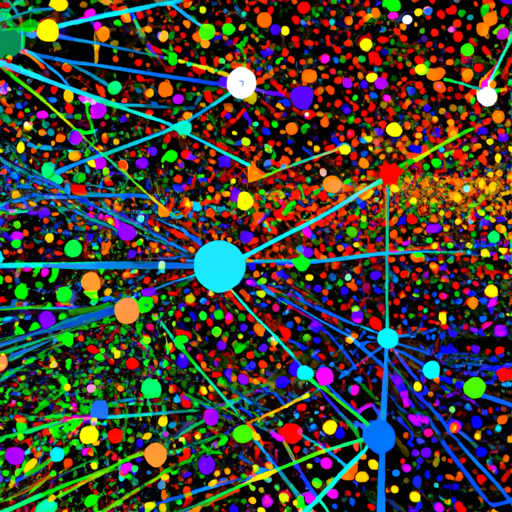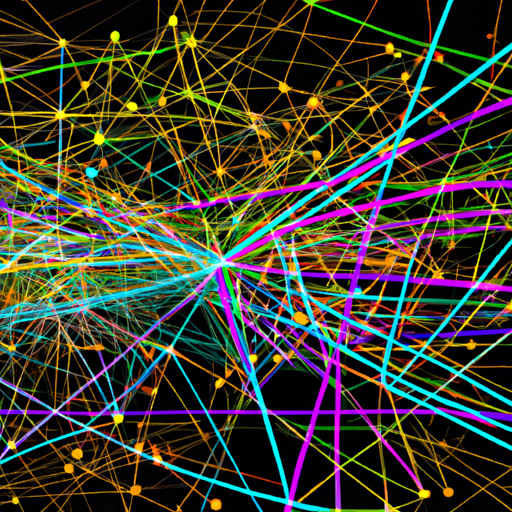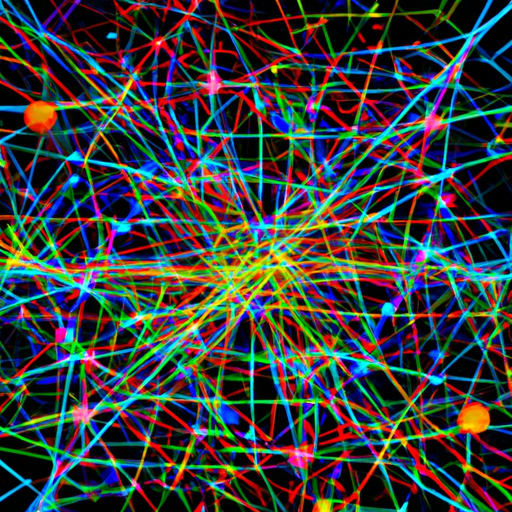The Internet Revolution: From ARPANET to the Digital Age

The Internet Revolution: From ARPANET to the Digital Age
The internet has revolutionized the way we live, work, and communicate. It has become an integral part of our daily lives, connecting people and information like never before. It all started with a small project called ARPANET, which paved the way for the digital age we are in today.
In the late 1960s, the United States Department of Defense's Advanced Research Projects Agency (ARPA) saw the need to develop a communication network that could withstand nuclear attacks. This led to the creation of ARPANET, a interconnected network of computers that had the capability to share information and resources.

On October 29, 1969, ARPANET made history by successfully transmitting its first message between two computers located at different universities. This event marked the birth of the internet, although at the time it was limited to academic and military use.
As the years went by, ARPANET continued to grow, connecting more and more computers across the globe. The network protocol TCP/IP was developed in the 1970s, which allowed computers to communicate with each other regardless of their individual operating systems. This breakthrough made it possible for devices from different manufacturers to connect and, in essence, laid the groundwork for today's internet.
Throughout the 1980s and 1990s, the internet expanded at an exponential rate. The World Wide Web (WWW) was introduced by British computer scientist Tim Berners-Lee in 1989, making it easier for people to access and share information through web pages using the HTTP protocol. This invention revolutionized the internet as it made it more user-friendly and accessible to a wider audience.
With the invention of web browsers like Mosaic and Netscape Navigator, the internet became even more user-friendly, allowing people to navigate the web, view images, and stream videos. These developments propelled the internet into the mainstream, forever changing the way we live.

The turn of the century saw the rise of social media platforms such as Facebook and Twitter. These platforms facilitated communication and interaction on a scale never seen before. Online shopping became popular, with companies like Amazon revolutionizing the way we buy goods and services. The internet became a global marketplace, connecting buyers and sellers from all corners of the earth.
The advent of high-speed internet enabled us to stream and download media, opening up new possibilities for entertainment. From music and movies to online gaming and video conferencing, the internet offered endless entertainment options at our fingertips.
The internet also had a profound impact on industries such as news and journalism. Online news outlets and blogs emerged as a more accessible and diverse source of information compared to traditional media. The ability to publish and share content rapidly brought about citizen journalism, allowing individuals to report news and events in real-time. This democratization of information changed the nature of reporting and the way we consume news.
Today, the internet continues to evolve and redefine our world. With the introduction of smart devices and the Internet of Things (IoT), we are seeing a proliferation of interconnected devices and an era of connectivity that goes beyond computers. From smartphones and tablets to smart homes and wearable gadgets, the internet is seamlessly integrated into our everyday lives.
The internet revolution, from ARPANET to the digital age, has brought about a transformation that has touched almost every aspect of society. It has connected us like never before, allowing us to access information, communicate, and conduct business on a global scale. The possibilities are endless, and as technology advances, we can only imagine what the future of the internet holds.






